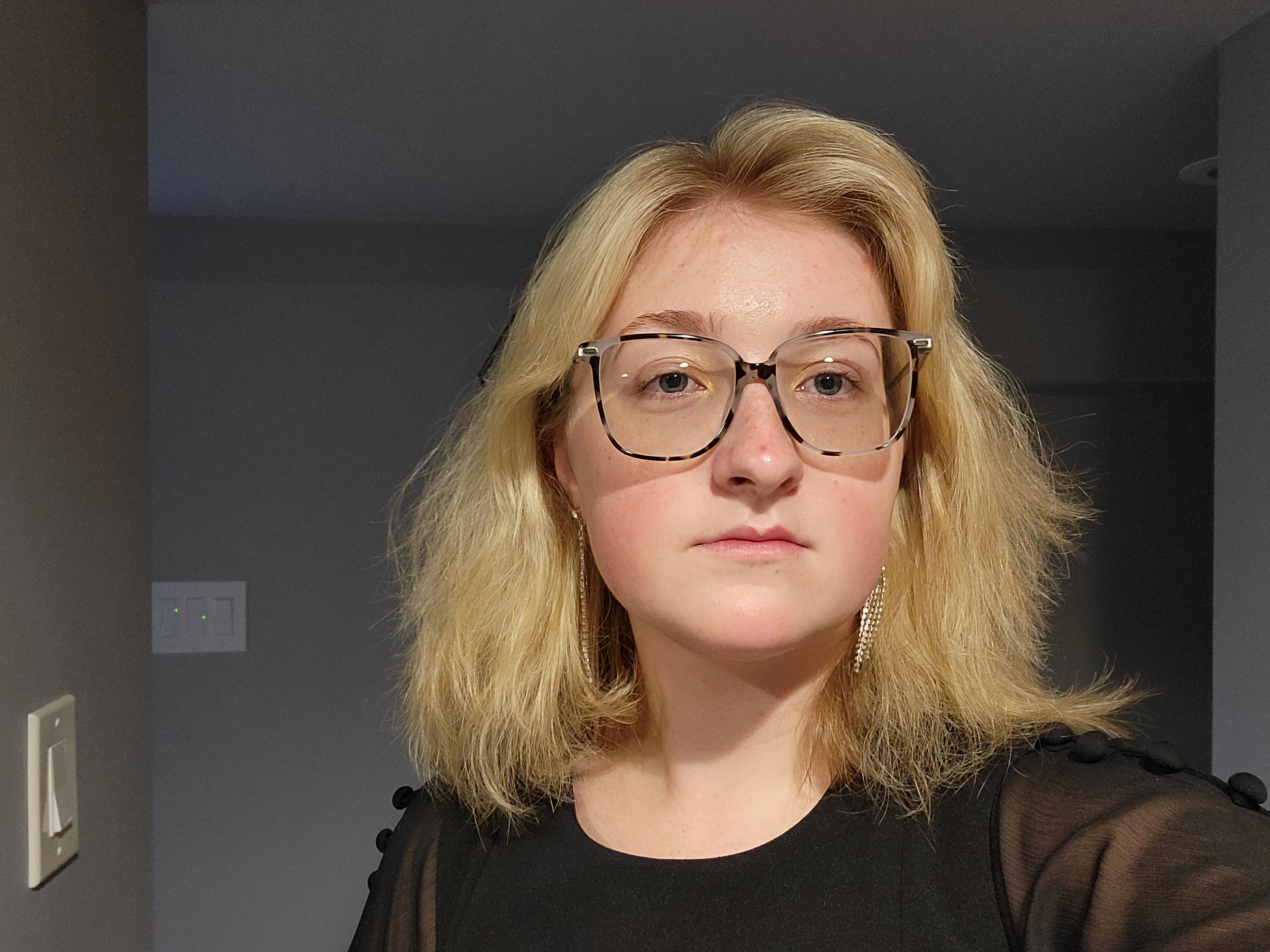All Algebra II Resources
Example Questions
Example Question #1 : Permutations
Find the Computing Permutation.

Example Question #4 : How To Find The Number Of Integers Between Two Other Integers
An ice cream vendor sells five different flavors of ice cream.
In how many ways can you choose three scoops of different ice cream flavors if order matters?
There are five ways to choose the first scoop, then four ways to choose the second scoop, and finally three ways to choose the third scoop:
5 * 4 * 3 = 60
Example Question #1 : How To Find The Missing Number In A Set
There are 5 men and 4 women competing for an executive body consisting of :
- President
- Vice President
- Secretary
- Treasurer
It is required that 2 women and 2 men must be selected
How many ways the executive body can be formed?
2 men can be selected:
2 women can be selected out of 4 women:
Finally, after the selection process, these men and women can fill the executive body in 
This gives us a total of
Example Question #2 : Permutations
How many ways can a three committee board select the president, vice president and treasurer from a group of 15 people?
None of the above
In this problem, order is important because once someone is chosen as a position they can not be chosen again, and once a position is filled, no one else can fill that in mind.
The presidential spot has a possibility of 15 choices, then 14 choices for vice president and 13 for the treasurer.
So:
Example Question #3 : Permutations
How many ways can you re-arrange the letters of the word JUBILEE?
There are 7 letters in the word jubilee, so initially we can calculate that there are 

Example Question #4 : Permutations
How many ways can you re-arrange the letters of the word BANANA?
At first, it makes sense that there are 
Example Question #45 : Algebra Ii
In a class of 24 students, how many distinct groups of 4 can be formed?
To solve, evaluate
Example Question #5 : Permutations
13 rubber ducks are competing in a race. How many different arrangements of first, second, and third place are possible?
There are 3 winners out of the total set of 13. That means we're calculating
Example Question #6 : Permutations
7 students try out for the roles of Starsky and Hutch in a new school production. How many different ways can these roles be cast?
There are 7 potential actors and 2 different roles to fill. This would be calculated as 

Example Question #7 : Permutations
How many different 4 letter words can be made out of the letters A, B, C, D, and E?
Since order matters, use the permutation formula:
There are 5 letters to choose from (n), and you pick 4 of them (r).
So there are 120 possible words that can be formed.
Certified Tutor
Certified Tutor
All Algebra II Resources






























































